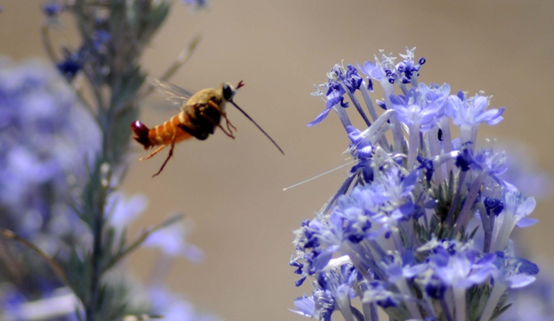Spatiotemporal variation in pollinator taxa on the santa ana river wooly star Eriastrum densifolium ssp. Sanctorum (Milliken) mason (Polemoniaceae)
DOI:
https://doi.org/10.26786/1920-7603(2020)531Abstract
Flood control, via the construction of the Seven Oaks Dam in the Santa Ana River in southern California, has altered habitat in the downstream alluvial wash community and jeopardized the persistence of pioneer plant species that rely on periodic flood-scouring and sand recharge. One species, Eriastrum densifolium ssp. sanctorum (“Eriastrum”), an endangered perennial, has been greatly affected and persists in spatially separated populations on successional vegetation terraces. We made “dawn to dusk” observations of pollinators in three phenological stages at four sites, representing young and old seral stages, to identify primary pollinators and to elicit daily, site, and seasonal patterns of visitors. Data were compared to previous observations and correlated with annual rainfall to determine long-term trends. Shifts in pollinator taxa have occurred, with some consistency through time and space, during nine years. The sites with the highest pollinator abundance (older sites) are least suited to Eriastrum. Hummingbirds (prevalent in early season) and the Acton giant flower-loving fly (prevalent in late season) have been consistently present across years, whereas other taxa have varied. A shift from native bees to non-native bees has occurred, although native bees in the families Halictidae and Apidae (Micranthophora and Melissodes) remain important. In general, there was no correlation between taxa abundance and rainfall. Eriastrum appears to be a generalist able to take advantage of the behaviour, cycling, and availability of diverse pollinators daily, seasonally, and annually.

Published
How to Cite
Issue
Section
License
Copyright (c) 2020 C. Eugene. Jones, Fern L. Hoffman, Patricia Nunes-Silva, Robert L. Allen, Axhel Munoz, Marion Erickson, Douglas Stone, Youssef Atallah

This work is licensed under a Creative Commons Attribution 4.0 International License.











